When is a lifer not a lifer? When the “powers that be” in the birding community decide what was once multiple species are now just one specie … no matter how different the sub-variants may appear. Over the past few days I have on two separate occasions watched a cool, small finch looking bird. I knew it was too small to be a grosbeak, but had no clue that Merlin would identify the bird as a Dark Eyed Junco (Oregon variant)(learn more about Cornell’s Merlin Bird ID … previous post of mine)
Oregon Junco (Dark-Eyed Junco)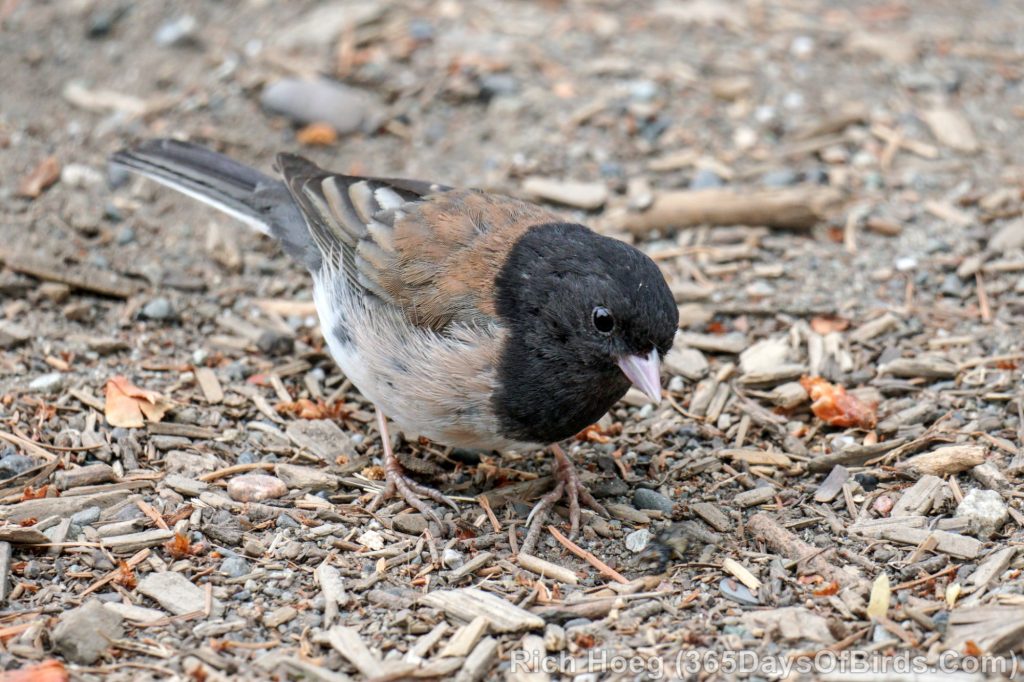
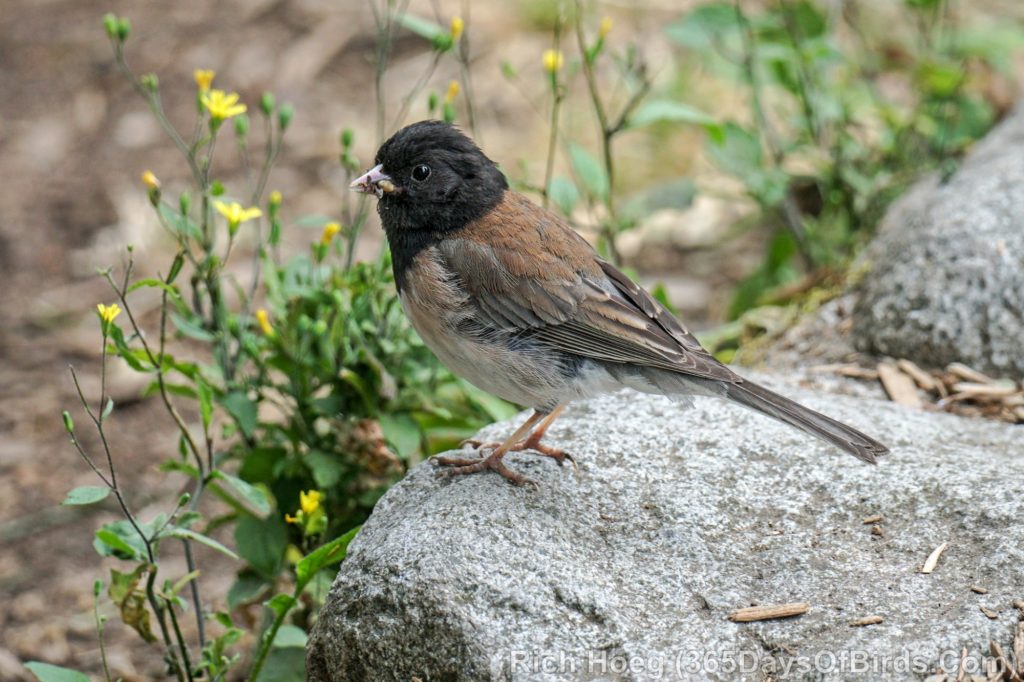
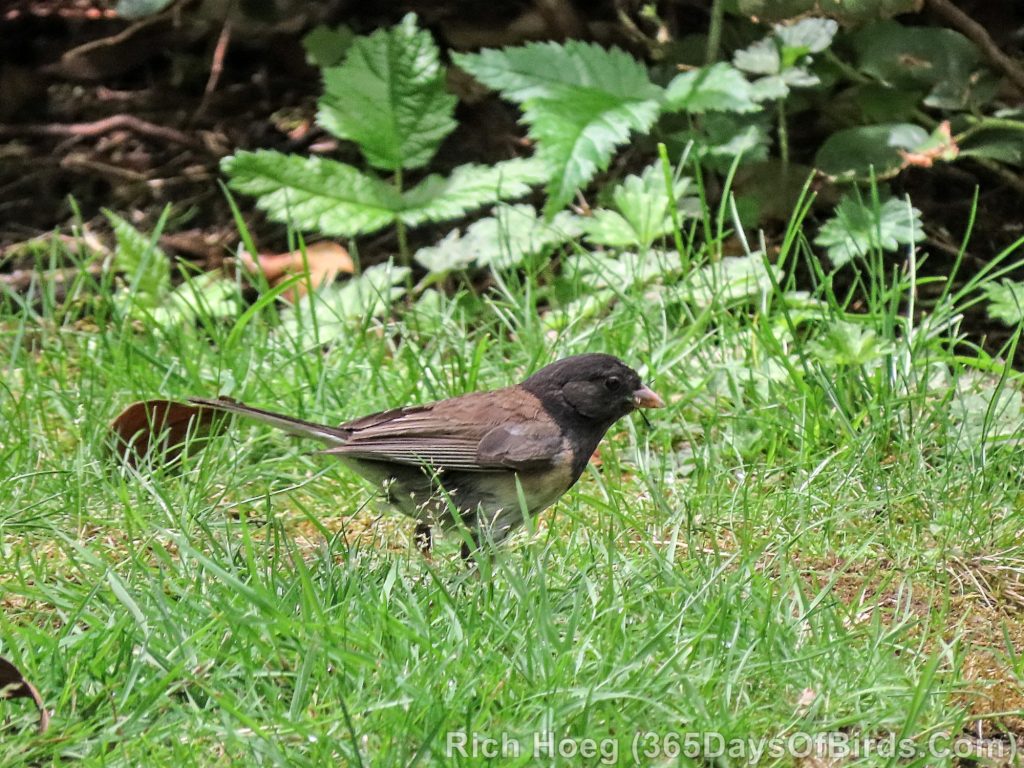
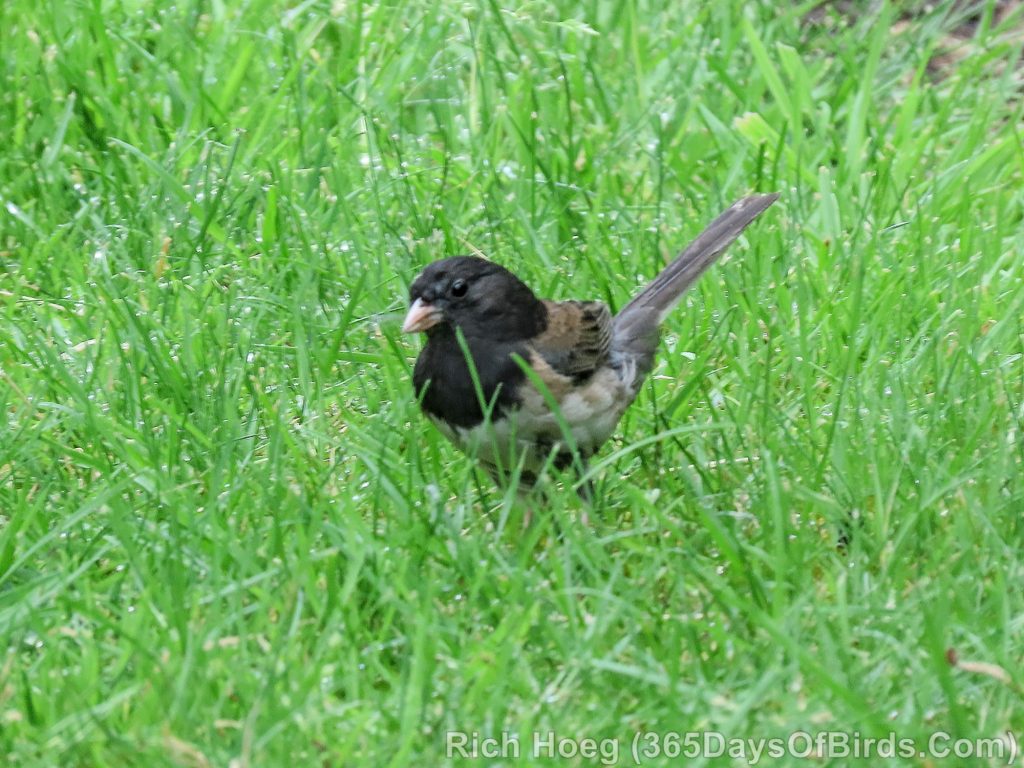
Learn more about the Oregon Junco from the Oregon Encyclopedia.
Dark-Eyed Junco (Minnesota version)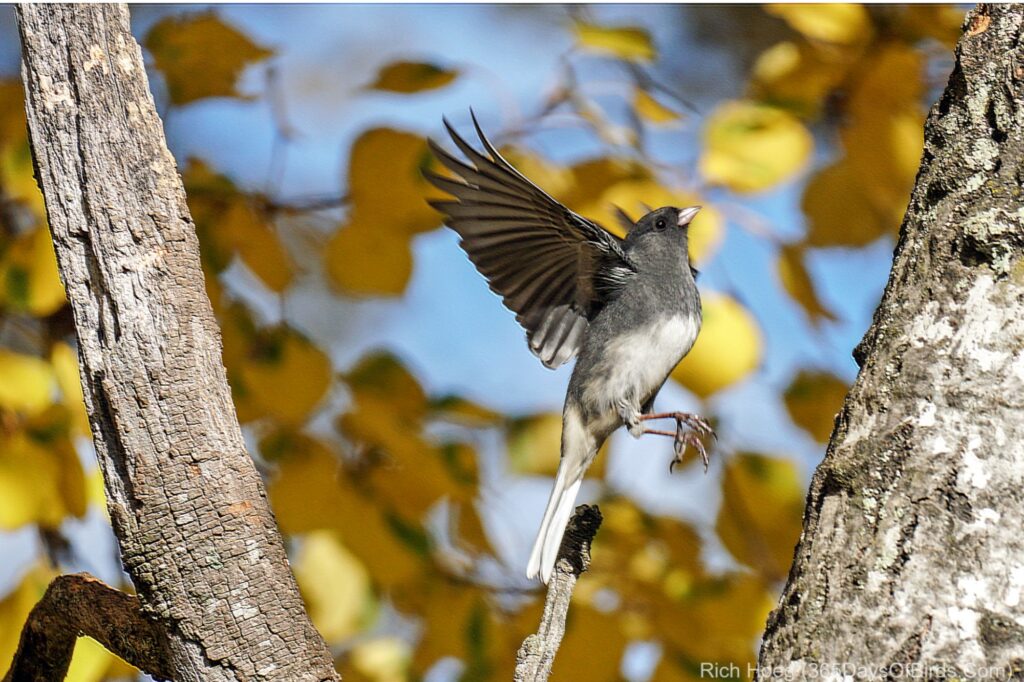
The other use I made of Merlin (the Sound ID module) was identifying the early morning song of a Pied-Billed Grebe in the wetlands next to my son’s home. This led me to traipse through the 8 foot tall reeds, and watch this Pied-Billed Grebe chick.

I also found a Spotted Sandpiper family hanging out near a local pond. Here one of the parents surveys the environment.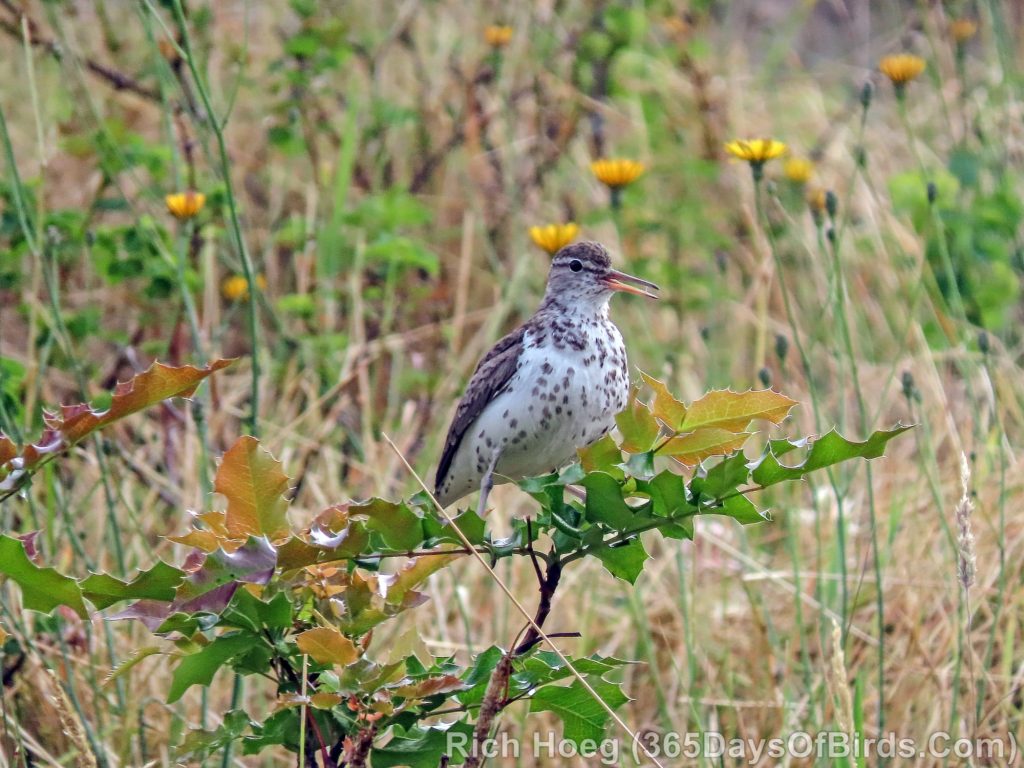

Discover more from 365 Days of Birds
Subscribe to get the latest posts sent to your email.
I’m guessing that the next to go will be the “hoary” redpoll – seems that all the redpolls have one genetic profile.
Ha! How true, Tom. My recent spring feeder visitors where up to 400 redpolls visited at one time would be “much more common!”
I love your posts. I use Merlin a lot in Florida. It is a great thing☺️